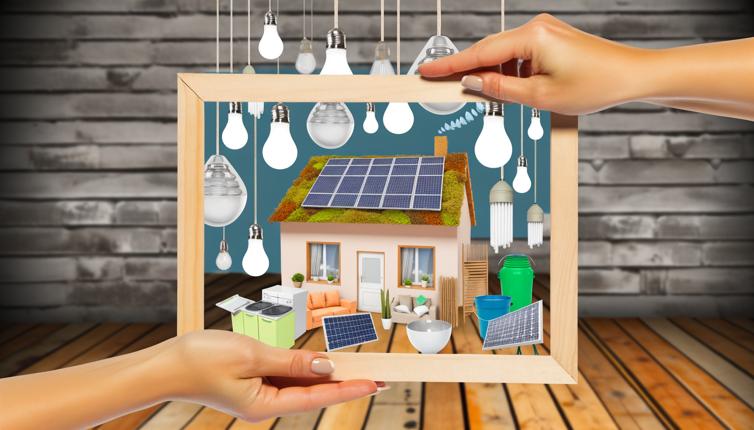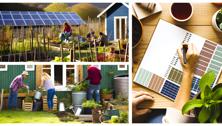1. Energy-Efficient Lighting
One of the easiest and cost-effective ways to make your home more eco-friendly is by switching to energy-efficient lighting. Replace traditional incandescent light bulbs with LED or CFL bulbs. These bulbs use less energy, last longer, and emit less heat.,Additionally, consider installing smart lighting systems that utilize motion sensors and timers to automatically turn off lights when not in use. This will help you save even more energy.
2. Insulation Upgrades
Proper insulation plays a crucial role in improving energy efficiency in your home. Insulate your walls, floors, and attic to prevent heat loss in winter and heat gain in summer. This will reduce your reliance on heating and cooling systems, leading to significant energy savings.,Choose eco-friendly insulation materials like cellulose or recycled fiberglass, which have a lower environmental impact compared to traditional insulation options.
3. Water Conservation
Conserving water is another important aspect of eco-friendly home improvements. Install low-flow water fixtures such as showerheads and faucets to reduce water consumption without compromising on performance.,Consider collecting and reusing rainwater for activities like gardening or flushing toilets. This can help decrease reliance on freshwater sources and conserve water.,Furthermore, fixing leaks and repairing drips promptly will prevent water wastage and save you money on your water bill.
Conclusion
Making eco-friendly home improvements is a win-win situation, benefiting both the environment and your finances. By implementing energy-efficient lighting, insulation upgrades, and water conservation measures, you can reduce your environmental impact and cut down on utility expenses. Remember to research and choose eco-friendly products and materials for a truly sustainable home.








